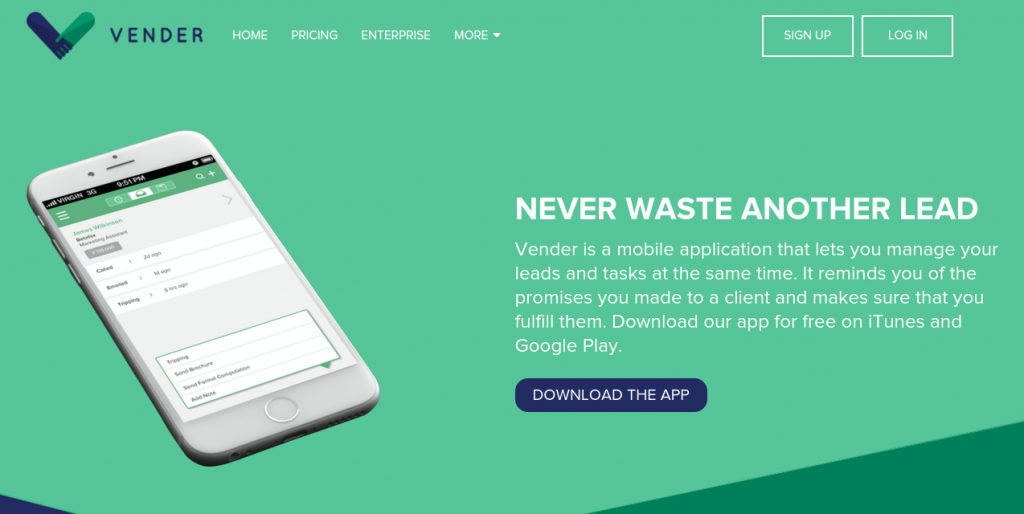What’s the next best thing after completing and launching your mobile app? Yes, promoting it! Let’s say you have an app for salespeople. You cannot expect that a sales representative head on to Apple App Store to look for it. Definitely, you need to promote the app so that people will come to the store to look for and download such. Now that’s the hard part – making the people aware and come to you. To help you with that difficult part, here’s what you can do.
How to promote your mobile app
1) App indexing
Google, Apple, and Bing offer this newest technology. Now, your app can be discovered by the users just like when they search for websites. The best part is Google, for example, provides an install button across the app so it is easier for the user to download the said app. This works in two ways as well. The more installs your app has, the better it is in terms of ranking. Thus, we can consider this as a free acquisition medium.
2) App review sites
Interestingly, there are several app review sites such as AppAdvice and AppStoreApps. You can pitch to them to review your app. Better yet, look for niche app review sites. Going back to our example, there are hundreds of sales blog that features an app review on a regular basis. Through this, the website and the review itself will be more targeted.
3) App directories
There are at least a hundred of app directories in the interweb. Make good use of them by enlisting your app. Some are paid, but you may focus on the free ones initially before moving on to the paid listings. This approach is medium scale and with medium returns. The cost will be up to you.
4) Facebook groups
A plethora of niche groups in Facebook exists. Reach out to the admins of these related groups. Target those groups with thousands of members. Then again, if an app-related group doesn’t exist, you can always create your own Facebook group. Combine it with a Facebook page dedicated to the app.
5) Other social networks
Aside from Facebook, there’s a host of other social sites that cater to professionals and businesses. LinkedIn is the perfect example. You may put the app’s landing page on your profile or you can make contents to be published on the platform. LinkedIn also features groups of various niches and interests. Consider joining in these groups and encouraging them to install and rate the app.
6) StumbleUpon
An underrated search engine, StumbleUpon features a paid discovery wherein website owners, and perhaps app owners, are required to pay as low as $0.05 for each visit. Yes, you only have to pay when the landing page of your app is actually viewed by a user. Not to mention, StumbleUpon claims to have more than 25 million users that you can capitalize on.
7) Influencers
Reach out to specific people and communities that already amassed huge followings. Encourage them to try and review your app. There is no guarantee with this tactic, but it can raise awareness about your app. Then again, just one influencer who gets to give the app a shot is more than enough.
BONUS
Family, friends, colleagues, and acquaintances
Apple App and Google Play stores rank the apps based on the number of downloads and user reviews. Thus, the target is a higher number of such. Encouraging the people around you to download, explore and review the app may produce results. While the process may not lead to thousands of downloads, the result is guaranteed. Also, this process requires the lowest cost.
Bottom-line, you have to exhaust all the processes that allow your app to be seen by as many people as possible. While these are just seven of those processes, these are great places to start with your promotion.




